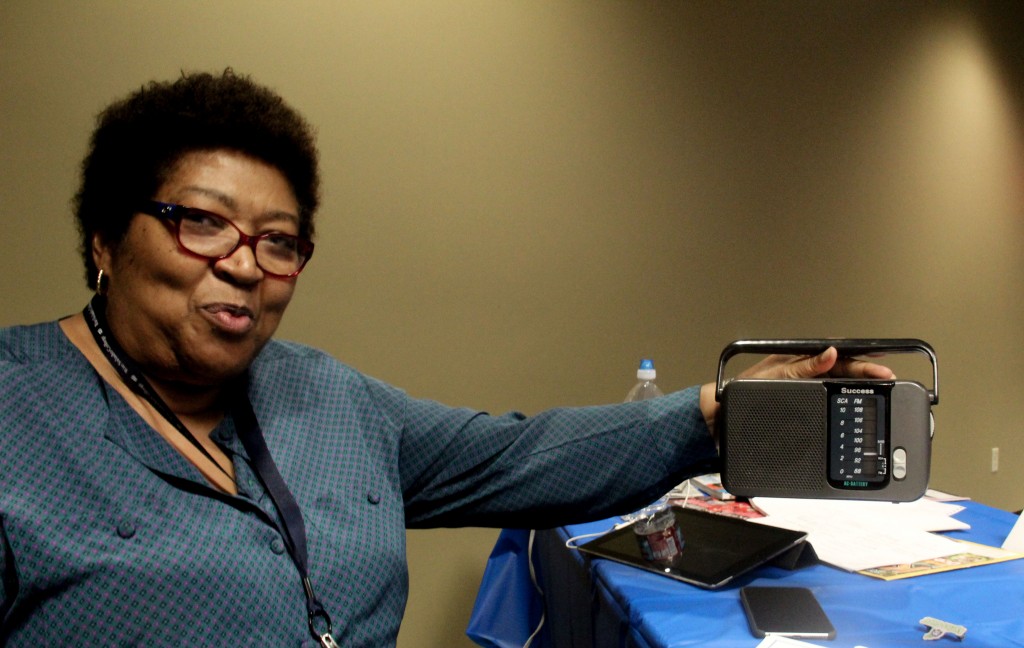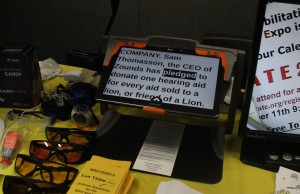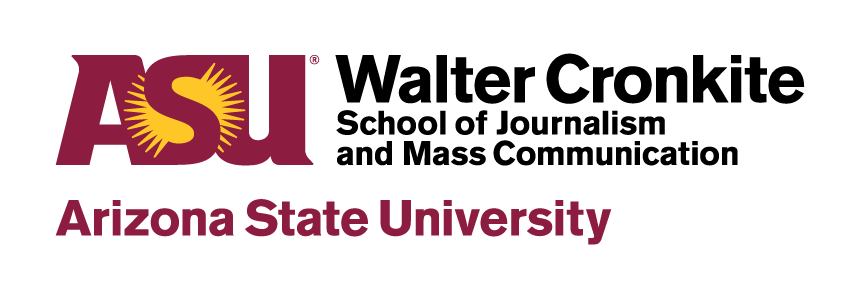A disability rights group, in a lawsuit, claims that New York City is not complying with federal laws that protect people with disabilities by not providing 911 access through text messaging. Read more
technology
Leka Robot is a Tool for Children with Developmental Disabilities
A new “smart toy” is helping children with autism learn and communicate. The device can be controlled by the child or a caregiver, and can act as an intermediary for children with barriers in communication. Read more
The Tech Industry and Disability Diversity Reporting
Few tech companies include disability in public diversity reporting–and one report from TechCrunch set out to discover why.Read more
Disability Simulations and Understanding Disability
A writer at Bustle breaks down her perspective on disability simulations, also known as “empathetic modeling.” Read more
UC Berkeley May Eliminate Free Online Content, Unable to Comply with Disability Law
Instead of complying with a Justice Department order to make its free online content accesible to learners with disabilities, the University of California at Berkeley may get rid of its MOOC content completely. Read more
Beyond Access: Facebook’s Automated Image Descriptions and Disability Justice
This post was republished from Medium with the author’s permission.
by Tasha Raella
Two weeks ago, Facebook launched Automatic Alternative Text, or AAT, a tool that provides automated image descriptions for blind users.
On the day the feature was released, the headlines were sensational, but Facebook’s accessibility team freely admits that AAT is in its infancy. The artificial intelligence algorithm it uses knows fewer than a hundred objects, and it only provides a description when it is 80 to 90% sure that it is correct. I am a blind Facebook user, and examples of image descriptions I have received so far include “Image may contain indoor,” “image may contain one person smiling,” and “image may contain hat.” As you can imagine, I am still just as unable to comment meaningfully on my friends’ photos as I was before this tool was released. Given this indisputable reality, why are most blind users so excited about this feature? And could examining the reasons behind this excitement reveal how image descriptions on Facebook are more than an access issue?
Matt King is a blind software engineer at Facebook who helped spearhead the development of AAT. In a comment on AppleVis, a popular forum for blind computer and iPhone users, he states that Facebook decided to go live with AAT now, as opposed to waiting until it became more sophisticated, based on data from blind users. Facebook’s research seemed to indicate that these users would find AAT valuable, even though the descriptions it generates are rudimentary. This finding is disconcerting, but not surprising.
In a 2011 blog post, Chris Hofstader, an assistive technology expert, bemoaned the fact that Google was being lauded by blind users for releasing a screenreader for Android, even though this screenreader did not include Web browser accessibility. Hofstader said that the release of this screenreader would be analogous to General motors deciding to stop creating innovative cars and instead choosing to release new vehicles based on Henry Ford’s Model T. He coined the term Model T Syndrome to refer to blind people’s effusive displays of gratitude when “a multi-billion dollar company does anything that may even be of marginal value to our community.”
Many blind users’ reactions to AAT are a perfect example of Model T syndrome. Rather than criticizing Facebook for providing descriptions that are stilted at best and unhelpful at worst, most blind people I know are grateful that Facebook thought of us at all. The fact that many of us are so grateful merely for being noticed speaks to the pervasiveness of ableism in our society, and how easy it is to internalize oppressive narratives: that we are not worthy, that we must accept what we are given, that we must not complain, that shoddy accessibility is better than no accessibility. Many of us probably internalize these narratives because we fear being accused of biting the hand that feeds us.
To understand how internalized ableism is at play here, it is helpful to unpack King’s explanation of why Facebook chose to go the AI route for generating image descriptions. According to King, Facebook considered several solutions for making images more accessible to the blind, but ultimately chose the AI approach because they didn’t want to “add a lot of friction.” King explains, “We could probably require people when they upload a photo: ‘please describe this for blind people.’ It would drive people nuts — that would never work at scale.” King’s use of the word “friction” is particularly telling. What he seems to be saying here is that while Facebook recognizes that blind people should have access to information about images, that access should not inconvenience sighted users. Rather than questioning the assumption that providing image descriptions is a burden and that blind people’s access needs are blind people’s problem, Facebook is reinforcing the ableist status quo.
Mia Mingus, a disability justice activist, says that providing accessible bathrooms and wheelchair ramps is not enough. In order to create a truly just world, we must challenge what she calls the myth of independence. We should instead view access as “collective and interdependent.” In other words, creating an accessible world is everyone’s responsibility.
As it is currently implemented, Facebook’s automated image description tool promotes independence, rather than interdependence. It sends the message, loud and clear, “Don’t bother writing a description of your new baby. Our AI has it covered.” In ten or twenty years, that might be the case, but not now. . With existing technology, the only way to ensure full and meaningful access to images is to encourage sighted users to describe their photos. Perhaps, in time, Facebook’s AI will learn from these descriptions. I have reached out to Facebook several times, explaining the value of human-generated image descriptions, but have not received a substantial response.
I, along with several other, like-minded blind users, urge Facebook to implement an approach to image description that is similar to Twitter’s, in that it offers a space for users to describe their photos. This approach would not only create a more inclusive Facebook, but it would also encourage us to imagine a world in which providing image descriptions is a pleasure, rather than a burden.
How Virtual Reality May Impact People With Disabilities
Virtual reality is becoming more affordable and serving some people with disabilities, according to a story from NPR. Read more
Advocates See Advances in Assistive Technology

- Mares Wright displays one of the radios Sun Sounds of Arizona gives out, in addition to its online live stream of radio programming. (Lily Altavena)
by Lily Altavena
In 2015, non-profit Sun Sounds of Arizona is still giving out functional, 80s- looking radios to listeners after more than 30 years on the airwaves. Geared to help people with disabilities, volunteers from the organization read everything from the Wall Street Journal to Playboy aloud.
But the tide is changing at Sun Sounds, where an online stream is gaining in popularity.
“I’m signing up more and more people who want to do it digitally,” spokesman Mares Wright said.
Assistive technology is going digital and making new strides. Those with disabilities don’t have to look further than their smart phones to find a range of apps and accessories to improve quality of life. Some of this new technology was on display recently at “White Cane Day: A Resource Fair” in Tempe, Ariz., hosted by the city’s diversity office. The event was aimed at connecting those in the community who are blind or have visual impairments to a variety of resources, according to Michele Stokes, the city of Tempe’s Americans with Disabilities Act Compliance Specialist.

Mike Perry owns Low Vision Plus, which offers assistive devices for those with visual impairments. One of the vendors at the fair, he said he’s seen a lot of improvements in the past few years.
“The technology has just become so much better,” Perry said. “Now people can afford to get it, even if they don’t have a lot of money.”
He displayed an electronic magnifier called the Prodigi at his table, which connects to a tablet to magnify and read words aloud. Perry estimates the Prodigi costs around $2,700 – thousands of dollars less than what its lower tech, 1990s counterpart would have cost.
Virginia Thompson, the assistive technology coordinator with the Arizona Center for the Blind and Visually Impaired, said she sees more technology useful for people with more than one disability. A home alert system might include flashing lights, vibrations and braille, for example.
Smart phones, too, are ripe for development in assistive technology. In Lyrics Guru, a video game app showcased at the fair, users have to guess the correct lyrics for a song. The company, Al Jones Corporation, is currently developing a voice-controlled version of the game for those who are blind or have low vision.
“From our understanding, there are not many video games out there for those with visual challenges,” Al Jones, the company’s CEO, said.
Events like “White Cane Day” are critical to the communities they reach, Stokes said. Especially if someone is in the process of losing their sight, finding a new tool might make a huge impact in their life, he said.
For Thompson, updates in assistive technology signals more inclusion for those with disabilities.
“We still have a long ways to go, but at least now deaf-blind people can be active in the community,” she said.
Technology’s Impact On Disability
Earlier this year, Future Tense asked experts: “Will technology put an end to disability?” This video captures a wide-ranging discussion on advances in robotics and neurotechnology which could challenge the world’s definition of “disabled.”
Tiny Tech Updates Can Cause Big Problems
In this Wired blog, Paul Kotler points out that technology improvements aren’t always improvements for those with disabilities. That may be changing as more companies take an interest in designing for people living with disabilities. Read more.

